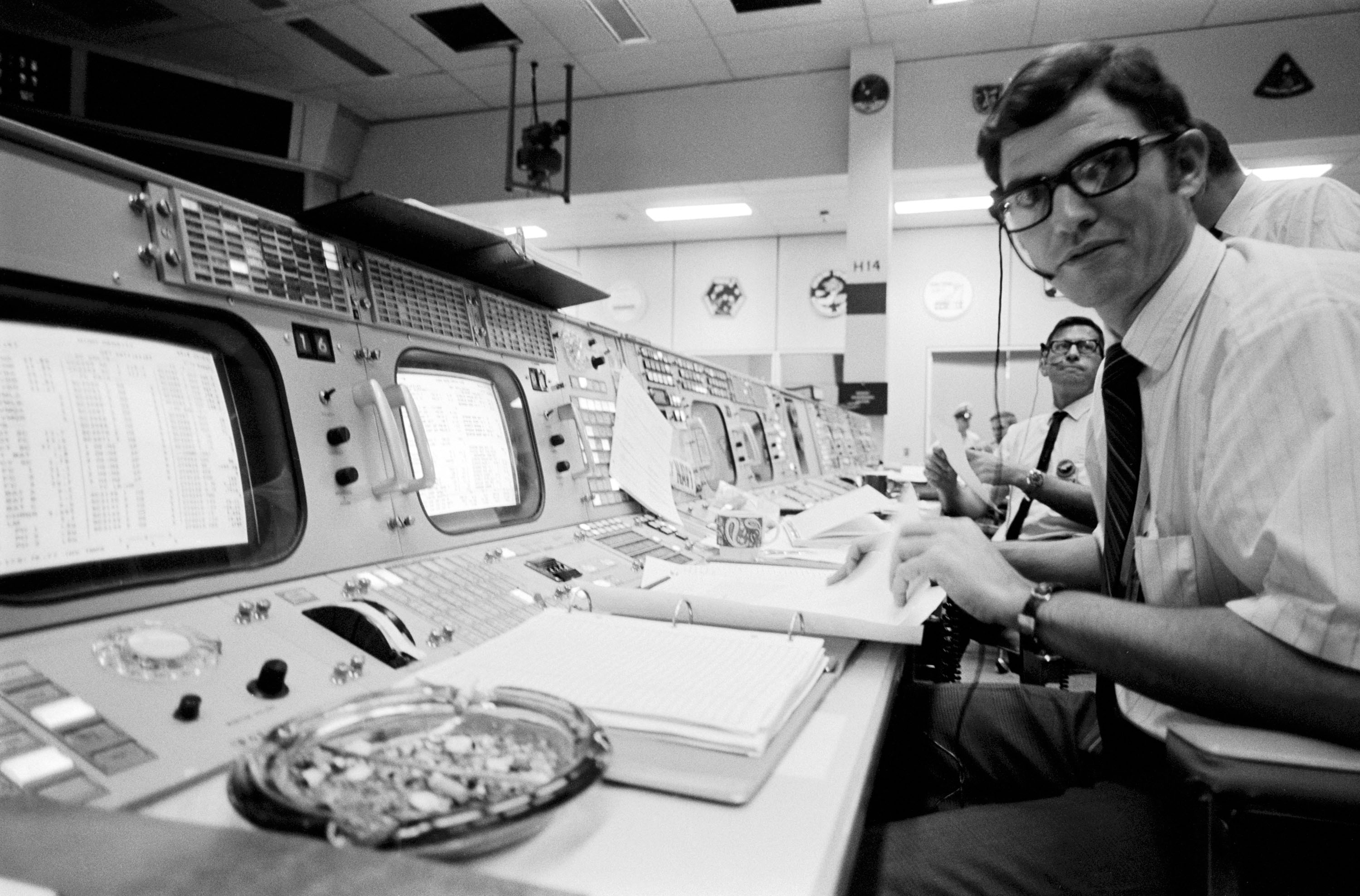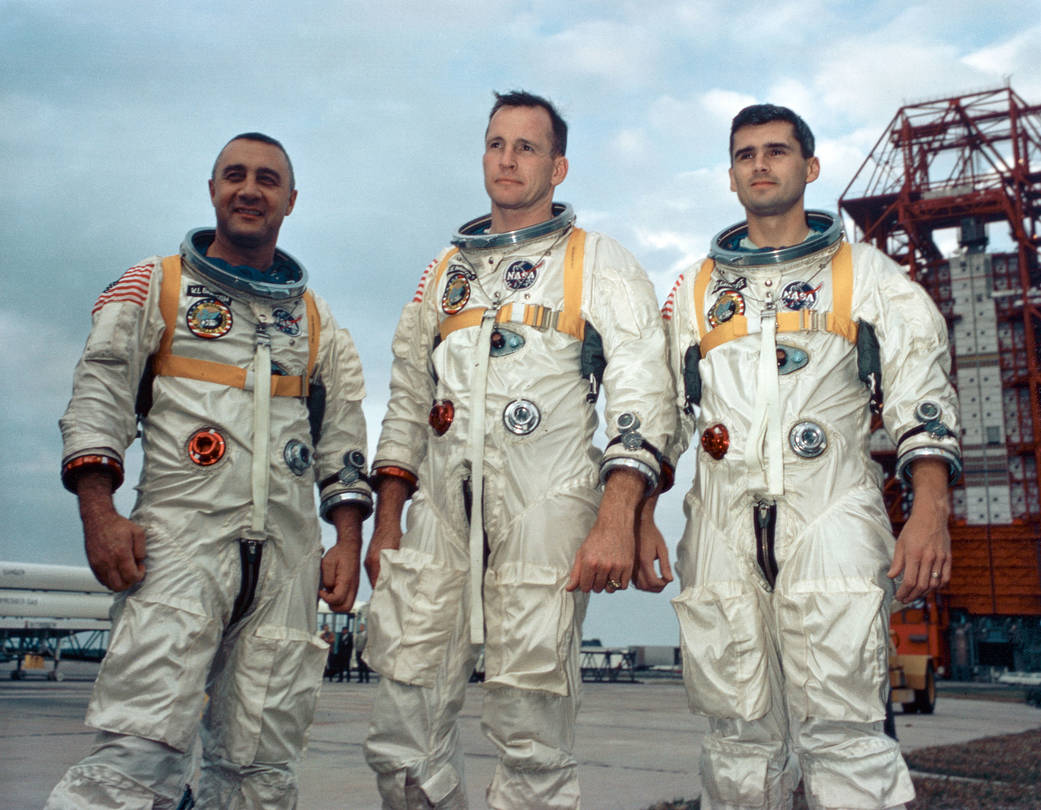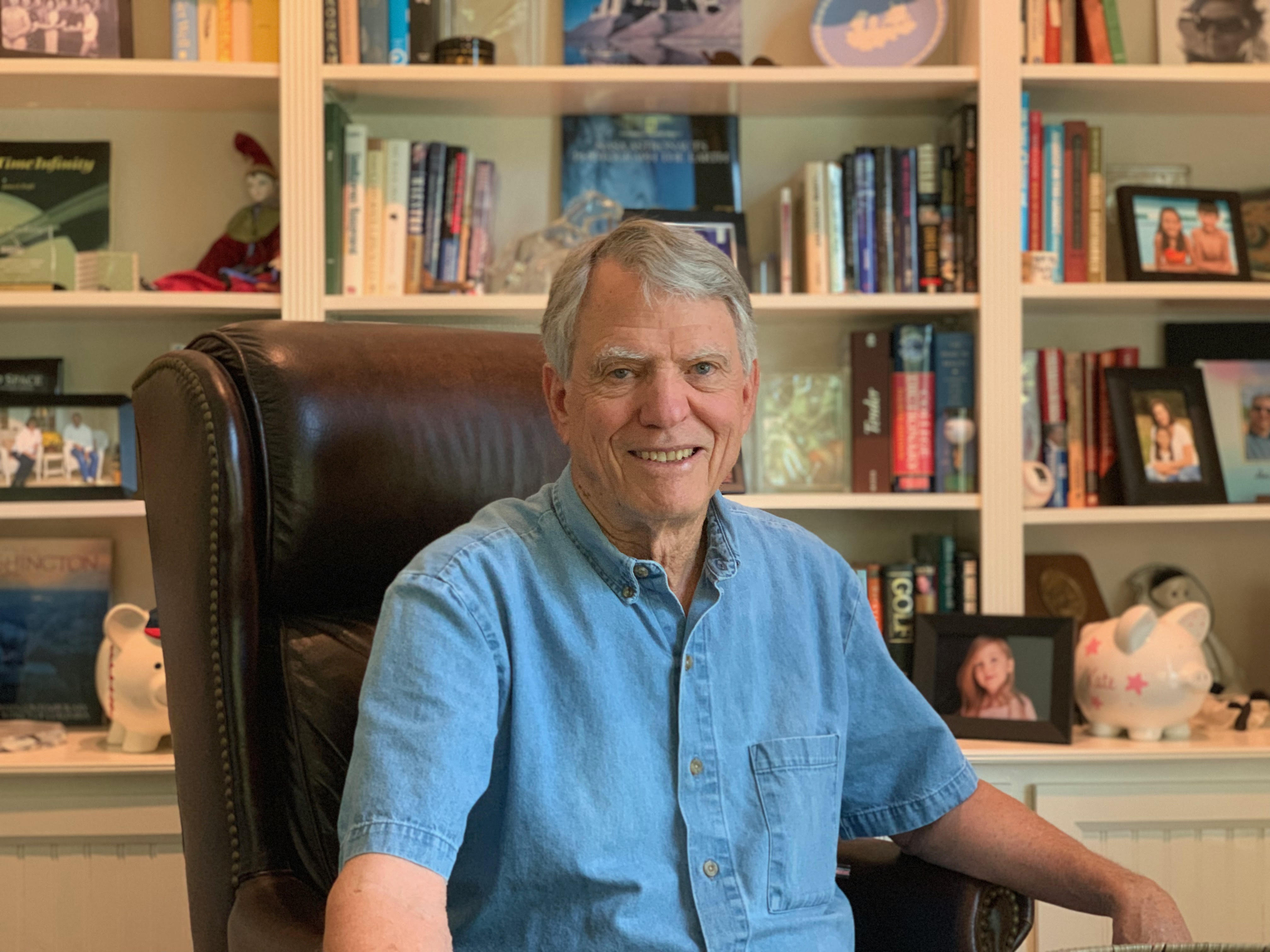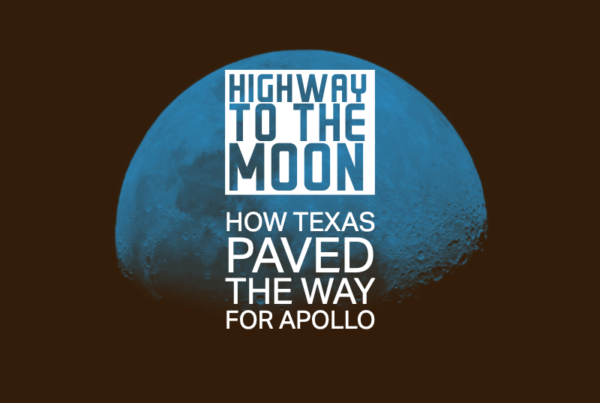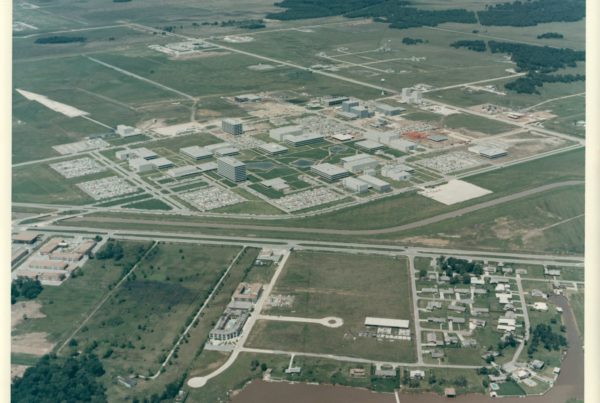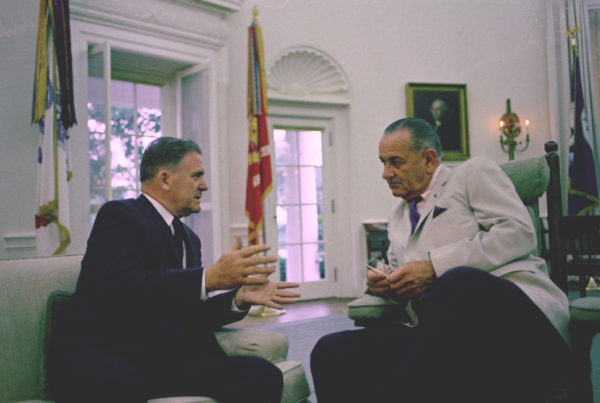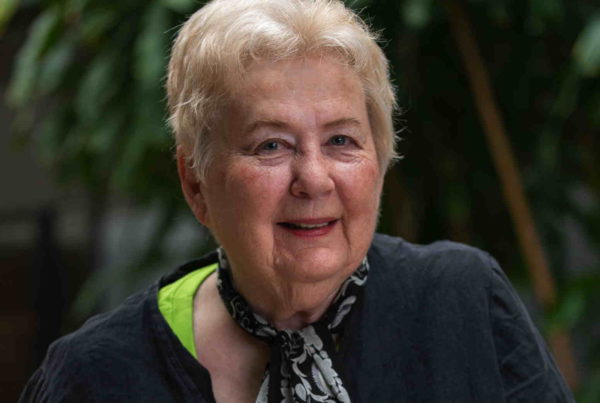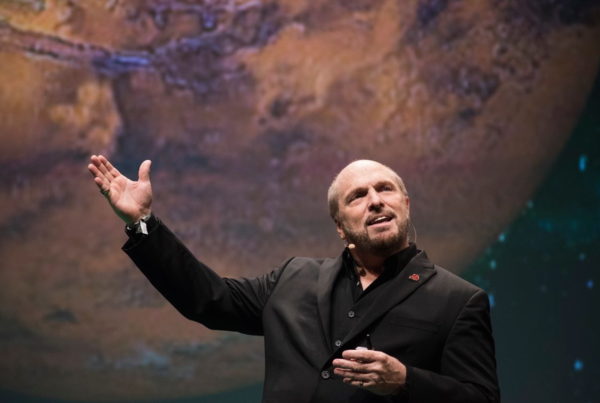President John F. Kennedy publicly launched the nation into a furious space race with Russia in his 1962 “moonshot speech.” He reminded listeners that putting someone on the moon wasn’t going to be easy. And the mission that would ultimately succeed – Apollo 11 – depended on the wild successes, and in some cases, tragic failures, that paved the way for America’s historic moon landing.
It took nearly seven years after President Kennedy’s moon speech at Rice University for the U.S. to put men on the moon. And in that time, NASA hired thousands of people tasked with figuring out how to accomplish the president’s bold objective.
One of those people was John Aaron. He grew up in rural North Texas, near the Oklahoma border. As a child, he says he had no plans of becoming a “spaceman.”
“I grew up in a very rural environment – very rural kind of work ethic. And I wanted to be a rancher,” Aaron says.



